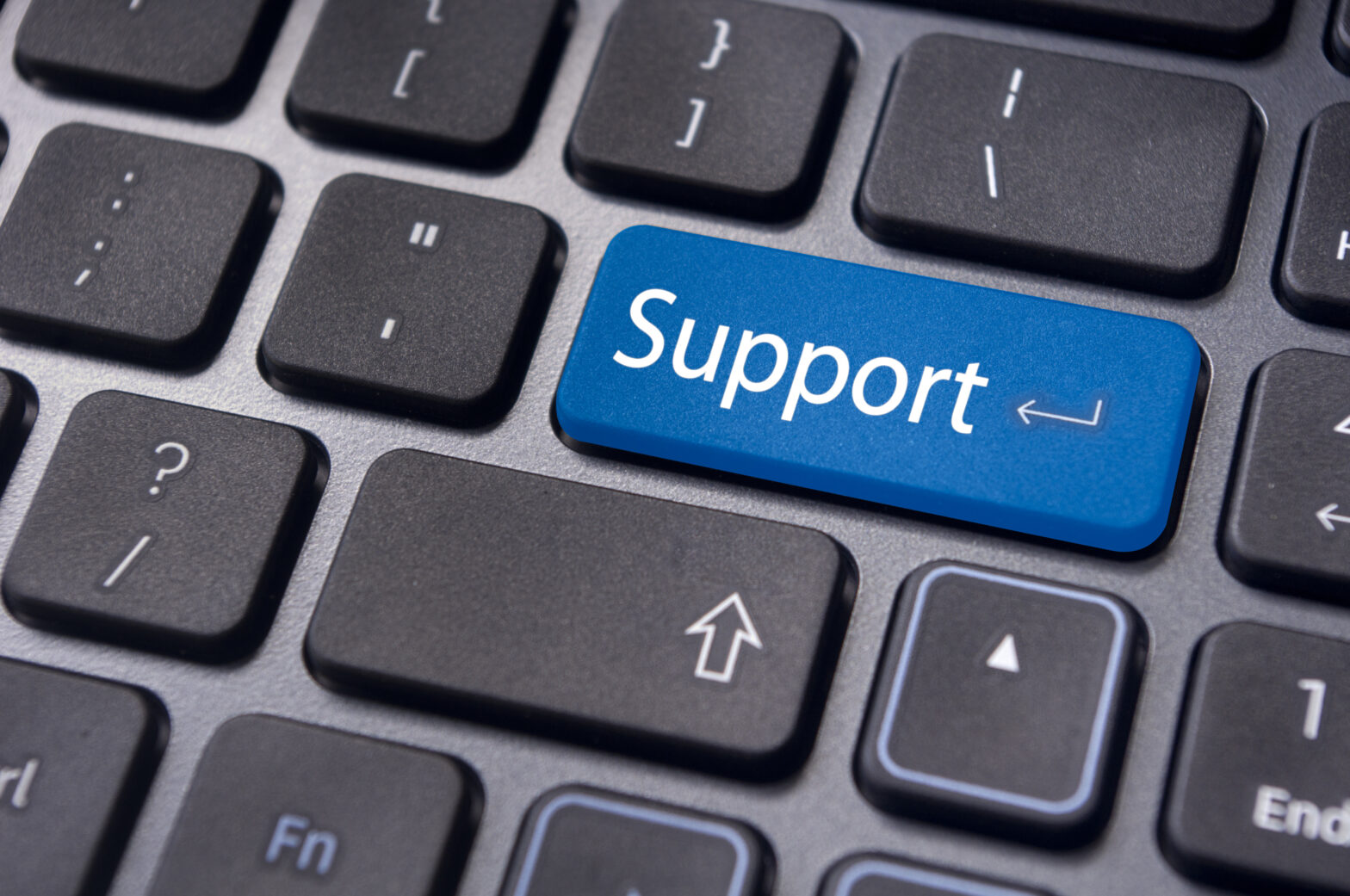Long gone is the era of traditional IT help desk or service desk models, where break-fix or incident management reigned. These no longer meet the expectations of the consumers and citizens living and working in this digital age.
Digital has changed the rules of customer and service support, dramatically, and it’s only just begun. The needs created by the expectations of the digital consumer have a significant and immediate impact on: (1) service support strategies, (2) operating models, (3) use of technology, and of course (4) the skillsets of support professionals.
>See also: New age service desk for a digital enterprise
Now, all support organisations, no matter how big or small, will need to apply ‘digital’ to their thinking.
1. Support strategy
A good starting point is understanding the extent to which customers have become “digital consumers” and what these consumers now expect.
Businesses will need to:
• Build a list of support-related situations that commonly occur.
• Ask their customers directly what methods of communication (channels) they use to request support? Do these differ from what they use at home? What methods would they prefer to use going forward and for what situations? This should drive the support channels offered.
• Know what technologies are available today and advances that can help. Pay attention to interactive voice, virtual agent, guided knowledge, and any emerging home technologies. It’s more often the case that expectations are set by non-work-related activities and imported into those at work.
• Inspect responses to support requests, and analyse how they and the technologies involved interact with customers. What works, what doesn’t? Where do the emotions of customers become inflamed, and why? Where would a touch or voice interface work best?
>See also: Why the IT service desk is the key to digital transformation
Finally, organisations should examine if they have a lab environment where support staff and customers can exercise and explore new technologies and methods. This could be as simple as a regular webinar. It could also be an Apple or Microsoft store-styled “innovation café”.
2. Operating models
This is an organisation’s approach to support. It’s less about their standard, best practice processes and more about how they engage with customers. They’ll need to answer the following questions:
• Is the current IT support model hierarchical (escalation based), collaborative (team response), or chaotic (model du jour)? Is this model applied to all situations?
• Is there sensitivity to the “personas” (common characteristics and behaviors) of customers? Does the company adapt operational response accordingly, or are governed by service agreements? How does the company measure success?
Companies should consider adopting an “all the above” model where the style of support (concierge, first-in-first-out, or contract-based) is situation- or customer-based and requests for support have designed pathways through the organisation.
>See also: Digital transformation: business first, technology second
Performance should be measured using the level of customer satisfaction to each request-response pairing, and any interaction and style of response changed based upon customer feedback. This feedback may also be solicited at strategic points within a response where an extreme emotional response may be encountered.
3. Modern support technologies
Looking forward, there’s no doubt that more and more support agent tasks will be automated as “virtual agents” are used (chatbots, computerized website agents, interactive voice response). Organisations should see that these are employed at the right points within a response, and more importantly, does the customer agree that chatbots are helping their support experience?
The design quality of automated, cognitive, and “human touch” support systems and procedures is now a differentiating factor. It’s important to know when and where this makes sense from the perspective of an organisation and, again, their customers (employees in the case of internal IT support).
Organisations must identify what can be automated, know what should be, and appreciate what should not.
4. Staff skill sets
In the digital age, human agents will be assisted by virtual agents. Thus, when and how a human agent is engaged in a response will become increasingly important, and likely situation-specific. Support personnel will also want, and expect, to be using the best available technology.
>See also: Digital strategy to digital transformation
Why shouldn’t support agents use the same technologies as used by their customers and end users? For instance, how feasible might it be to have a smart speaker device available to an agent that helps search for similar situations, knowledge articles, and troubleshooting or support response procedures? Very.
Plus, given that the human agent might not always be the first contact point invoked, support agents will also have to be familiar with where and how elements of a digitised support capability are used. This might be through ready access to a visual representation of the request response “pathway” already traveled by the customer, i.e. a picture of what the customer has done already and the support they have received. The human responder will also need to factor in that journey, and how it has left the customer feeling, as part of their resolution approach.
In short, skill sets will need to be adapted from knowing how to act as the primary support interface, to knowing how to broker, arbitrate, and manage a digitised support capability – including when and how to release and reclaim direct responsibility.
Finally, as organisations start to build technology-enabled support capabilities around people, as opposed to the lines of business that provide the services and support, support-related functions will converge into a singular, consistent support experience for employees.
Sourced by Sarah Lahav, CEO of SysAid







